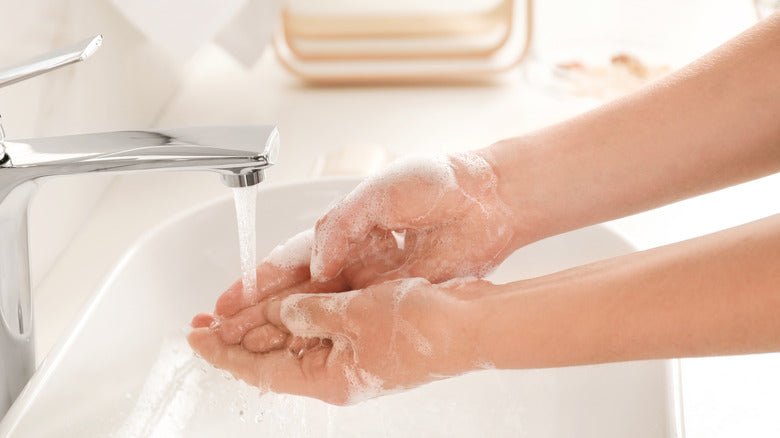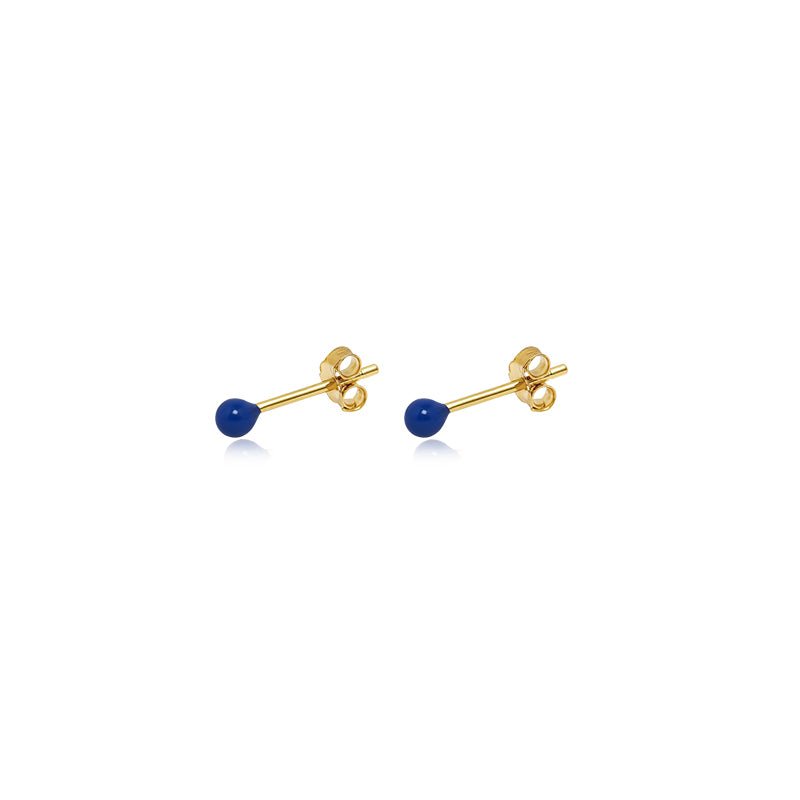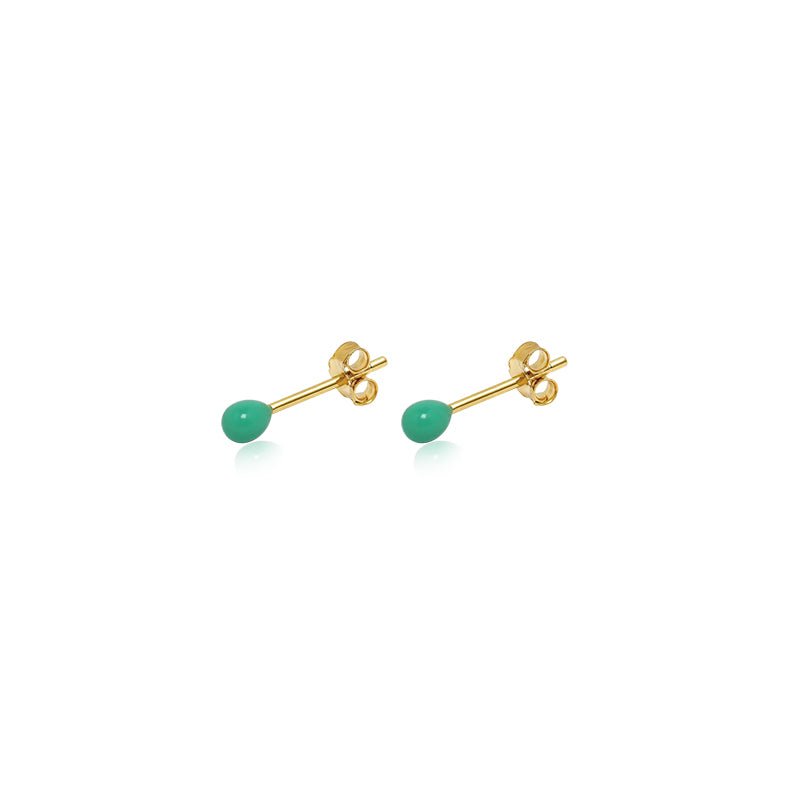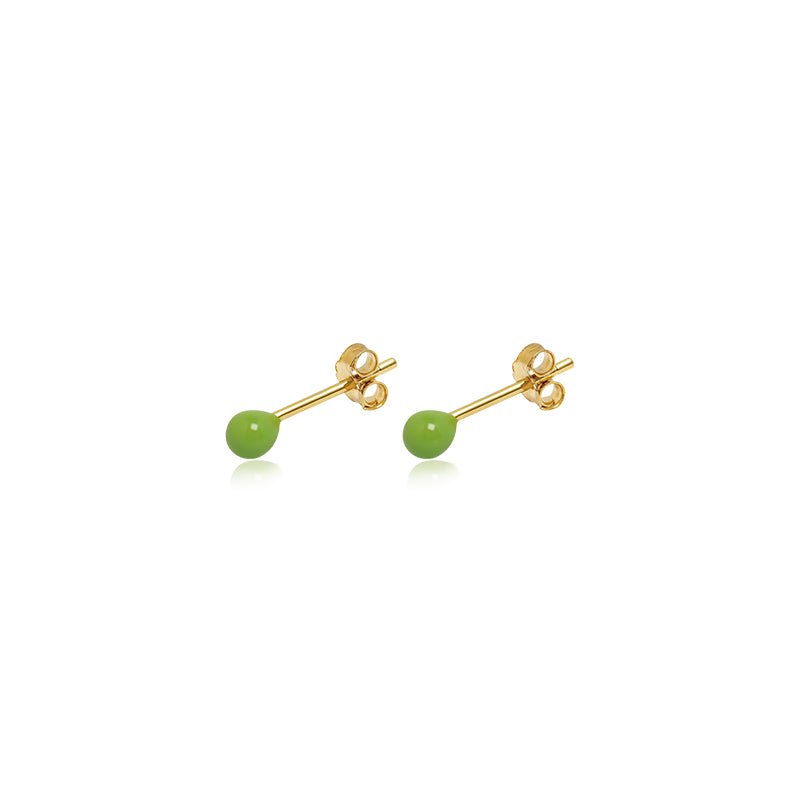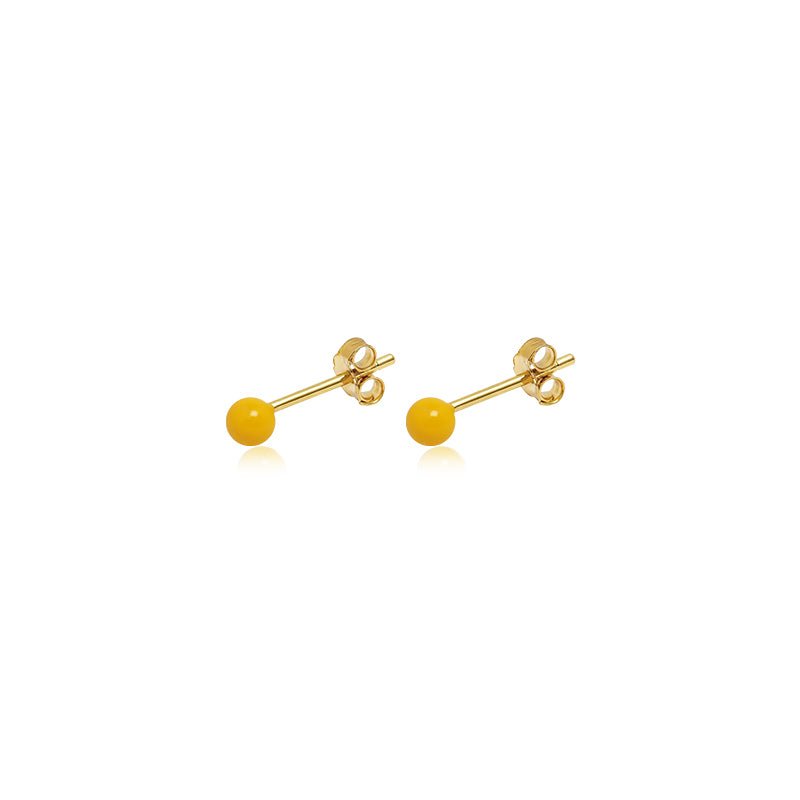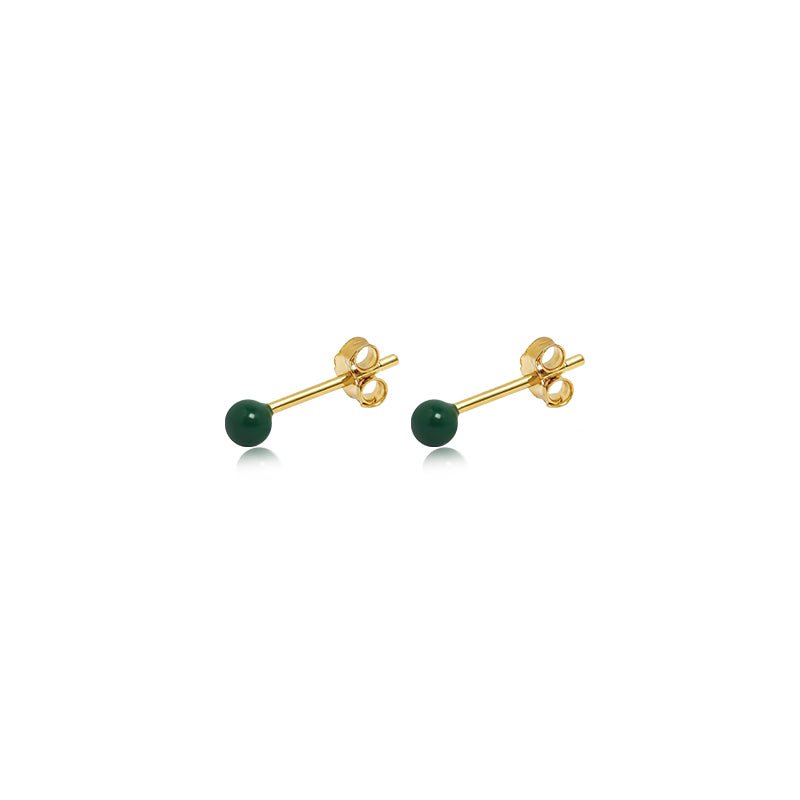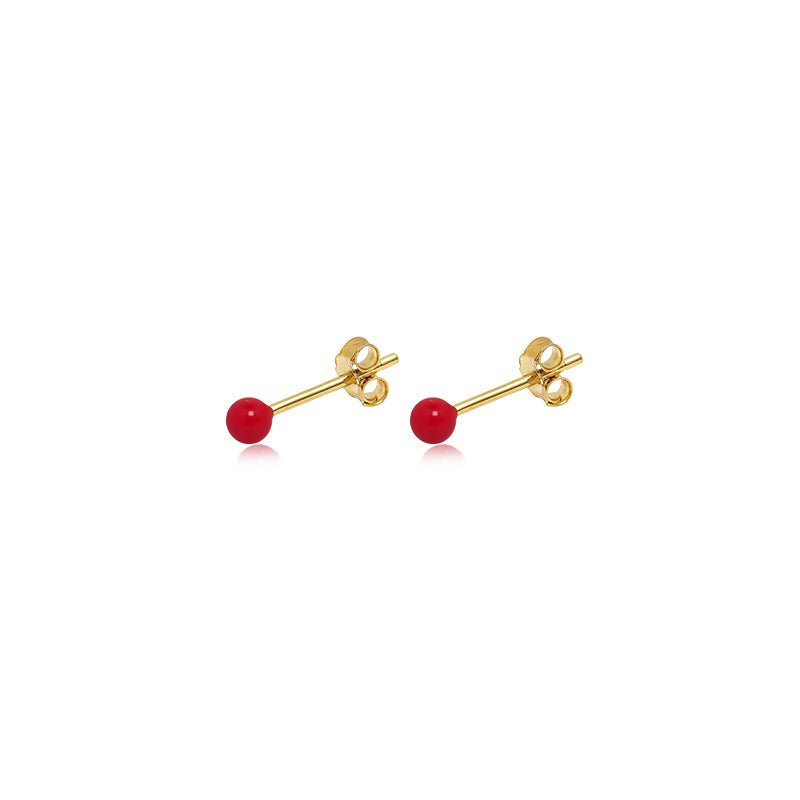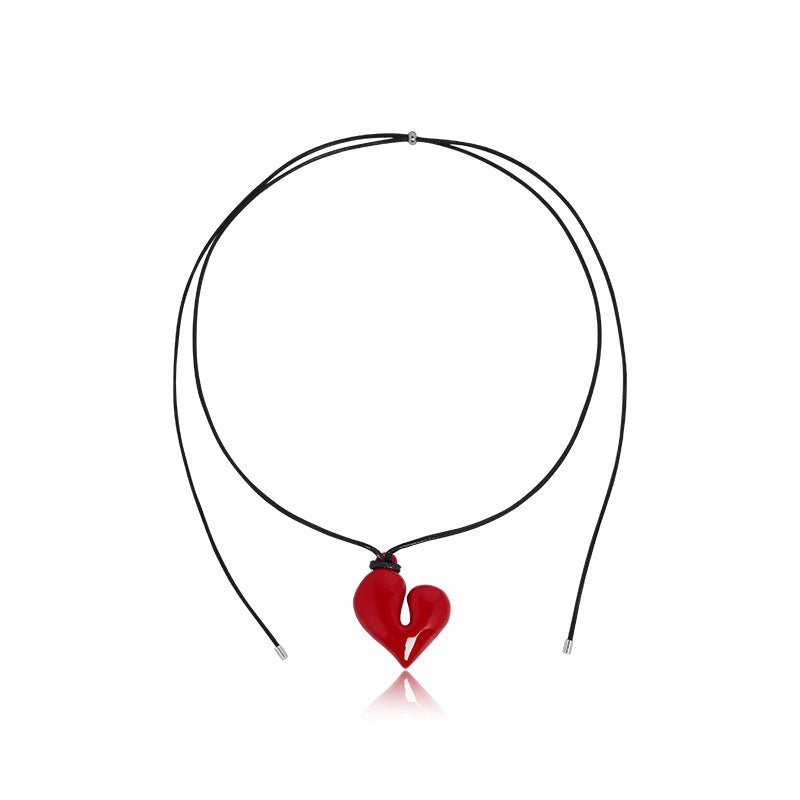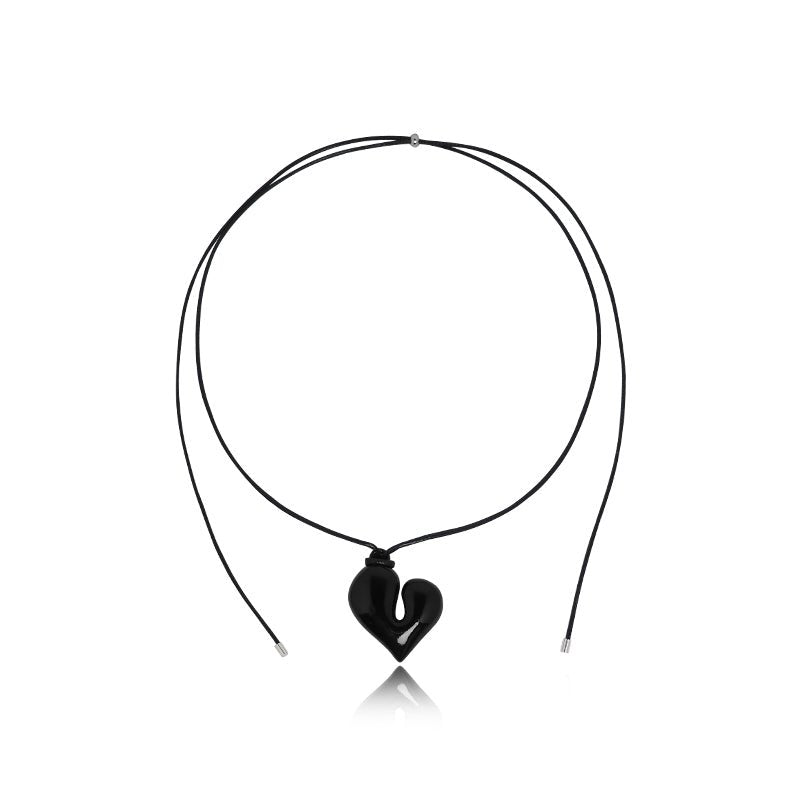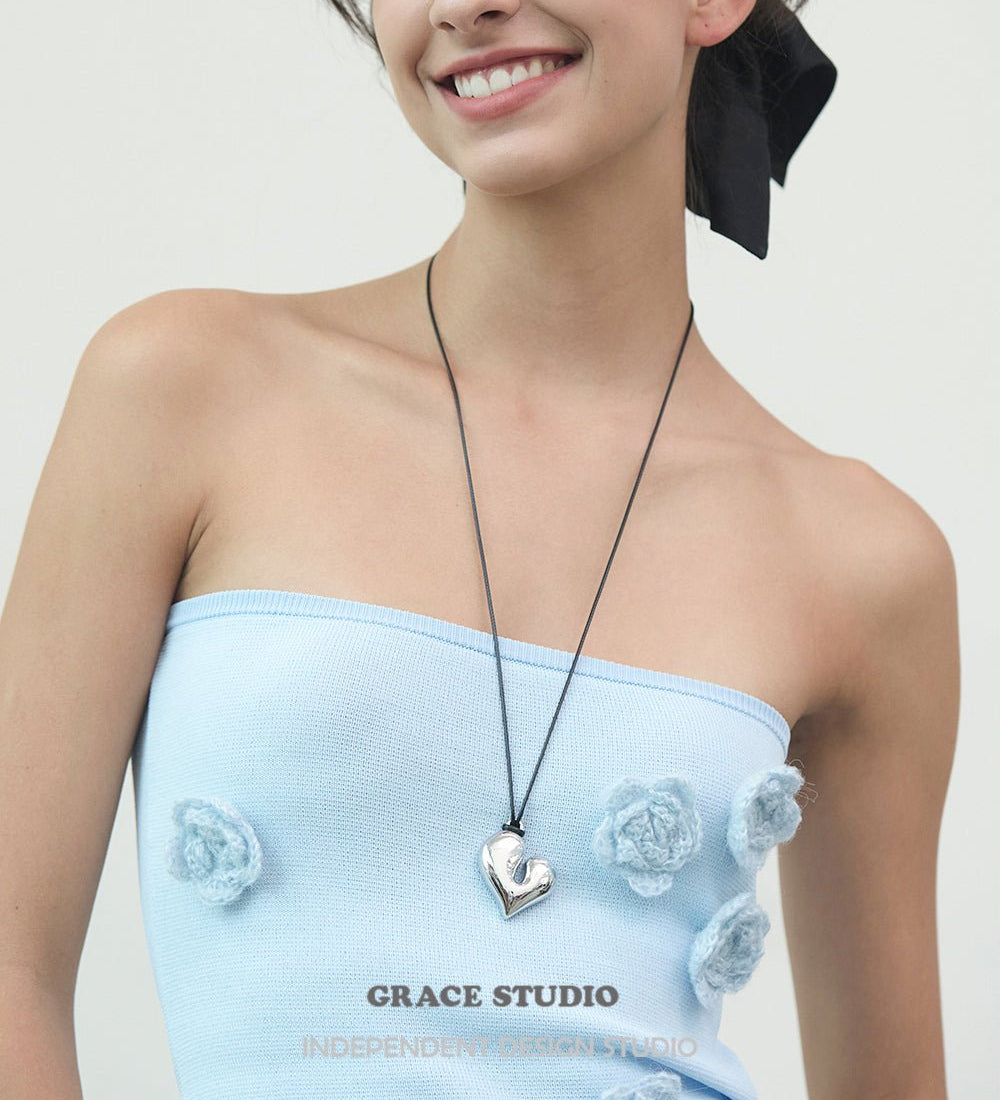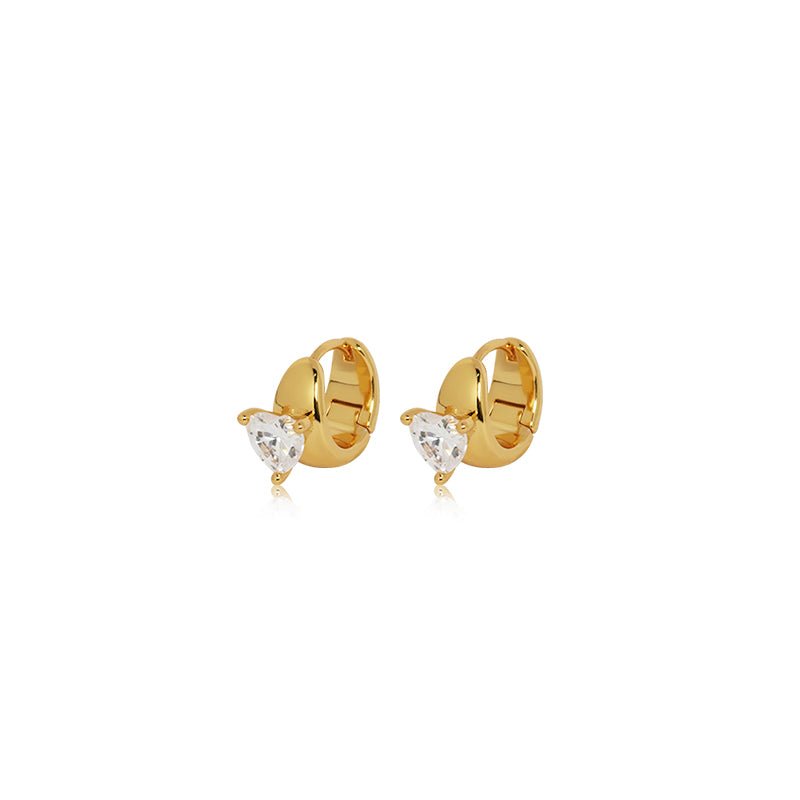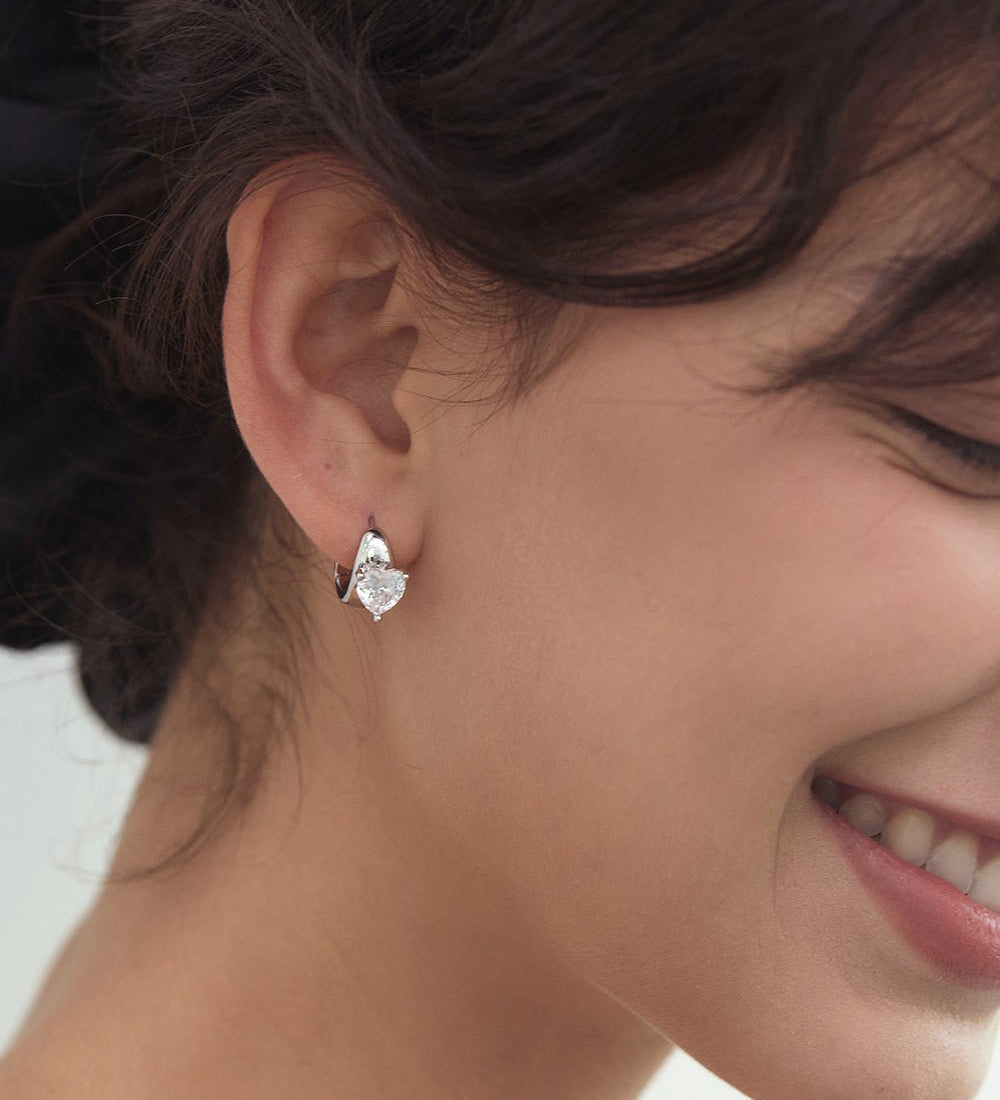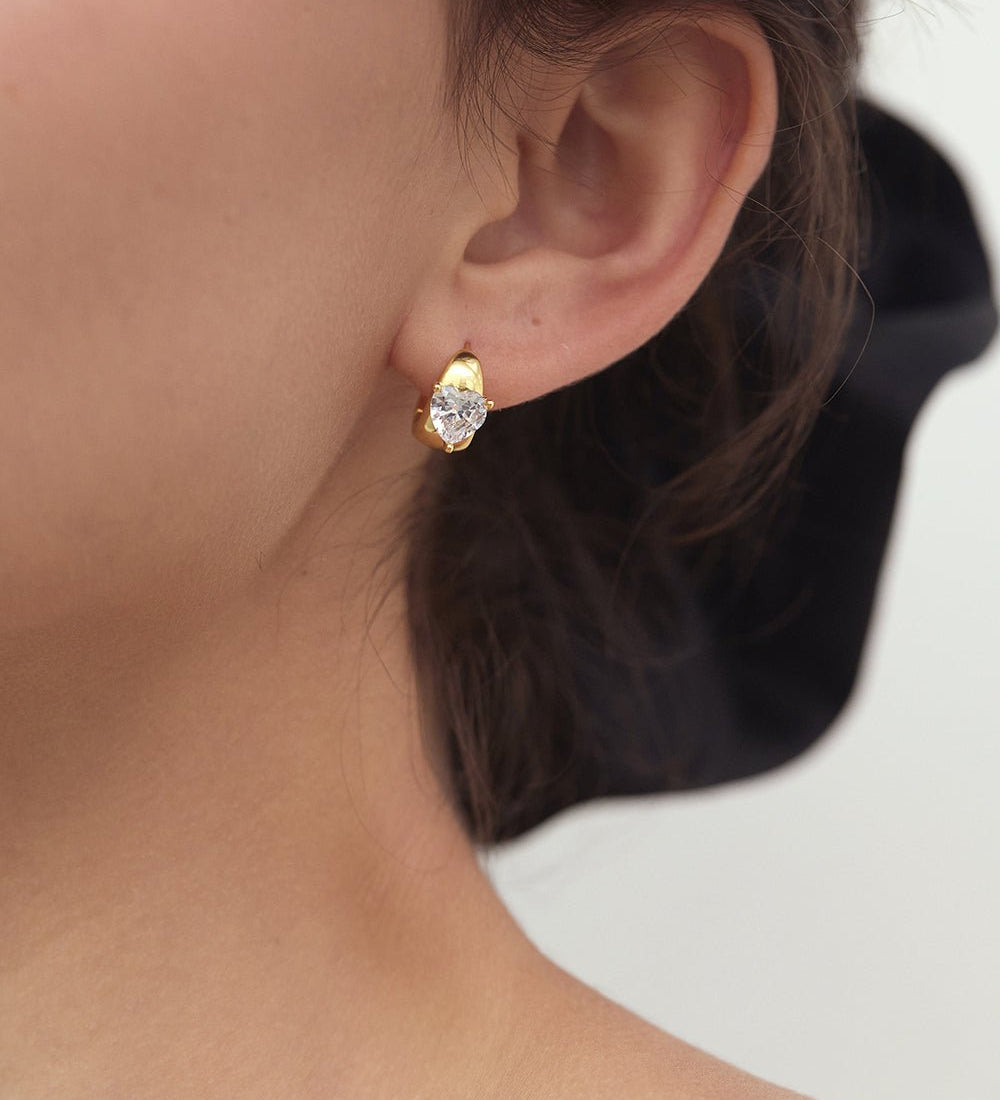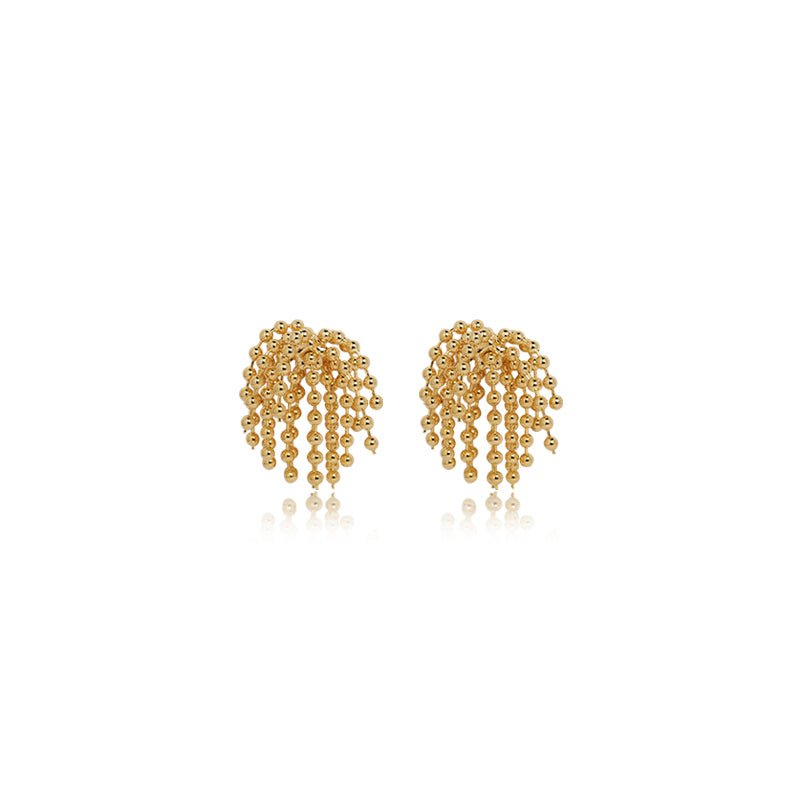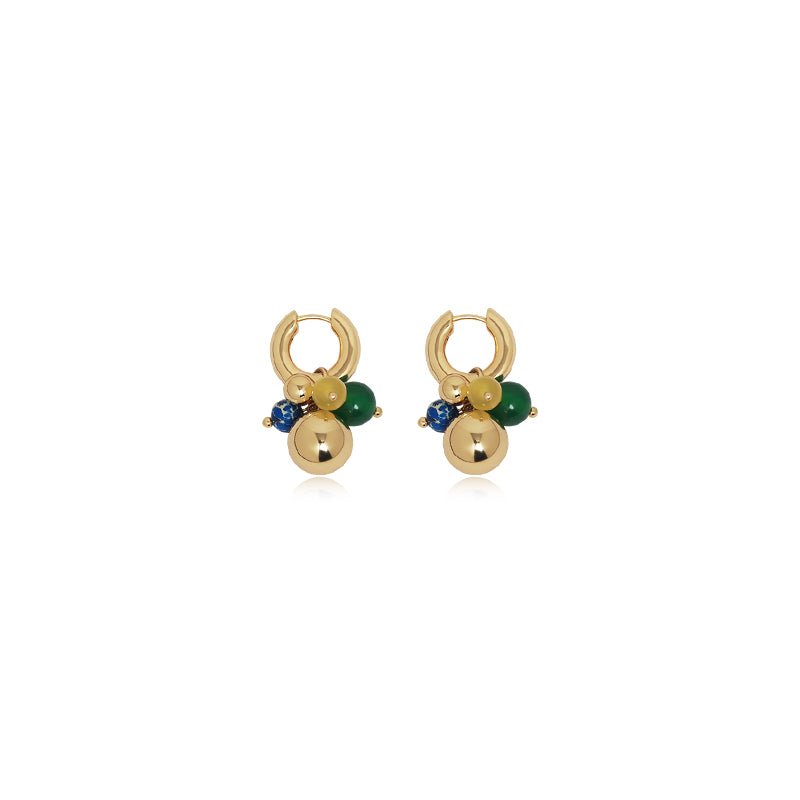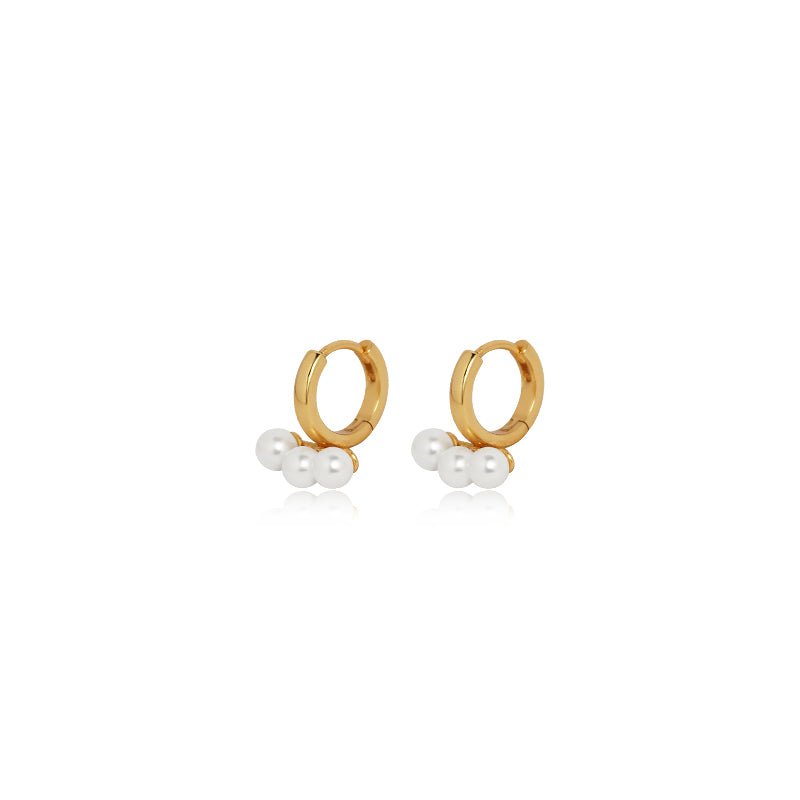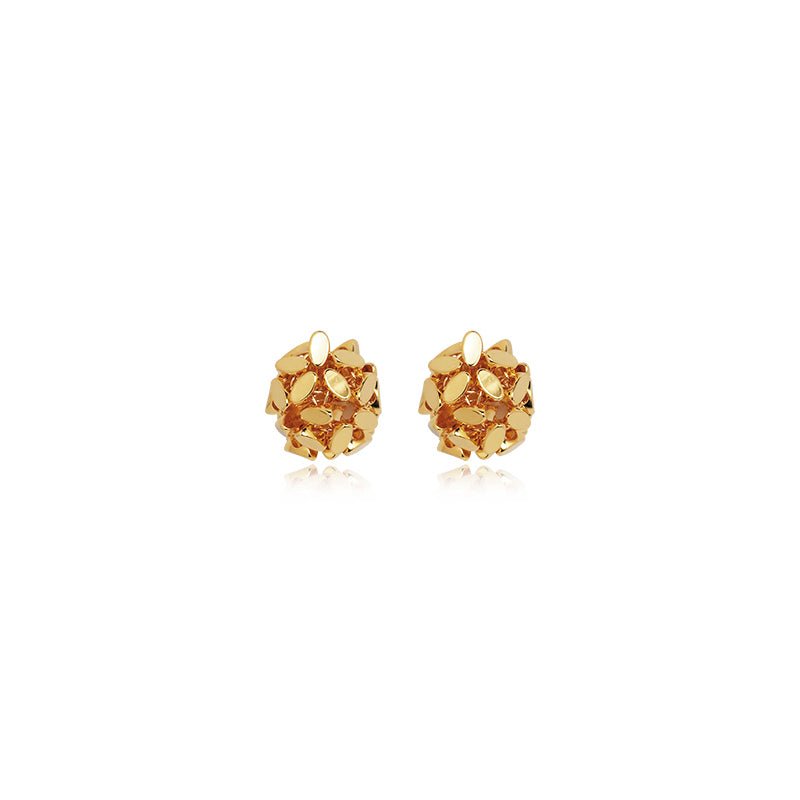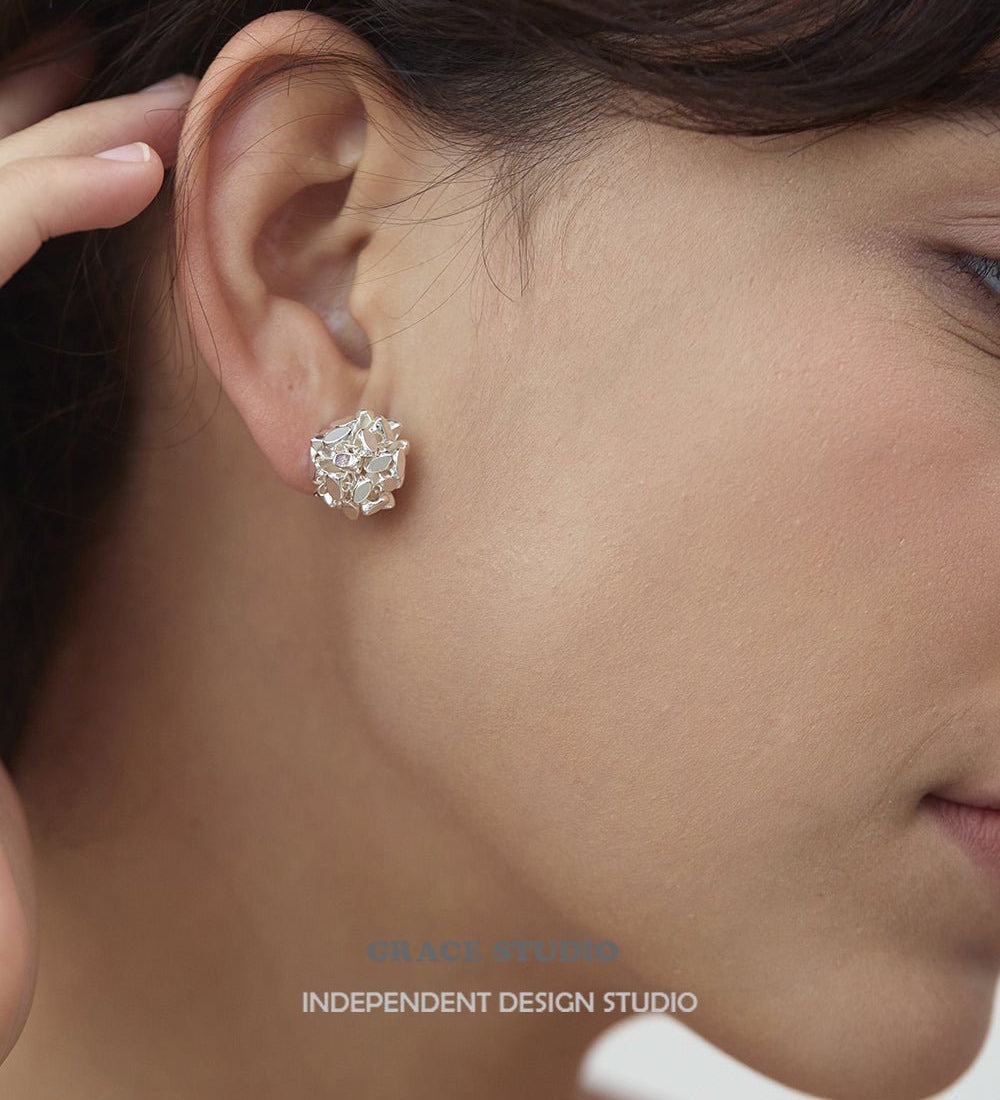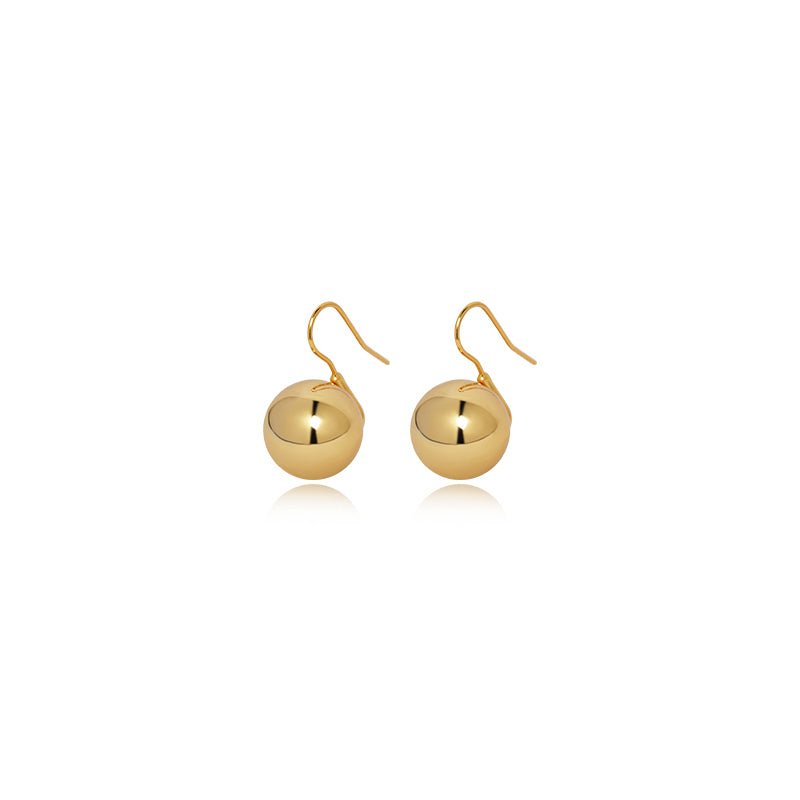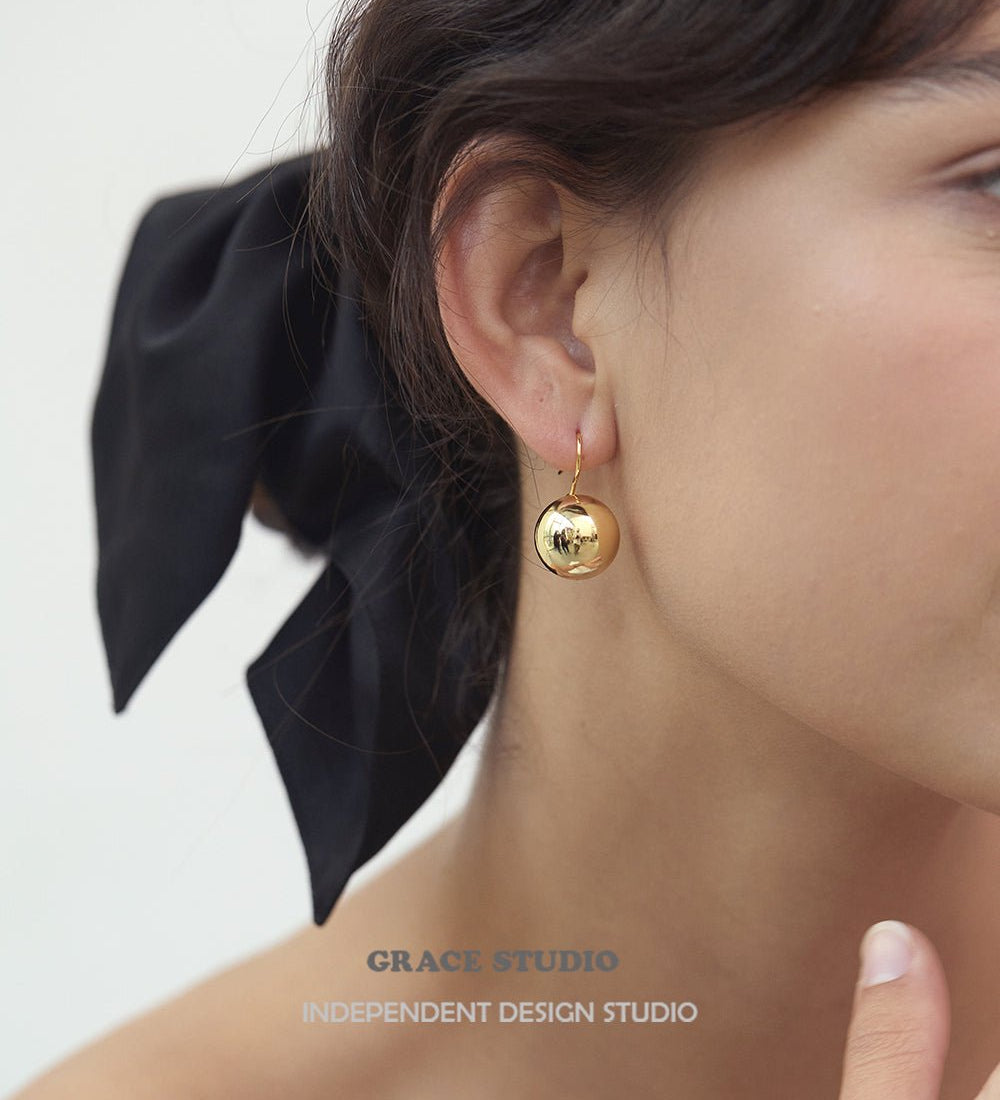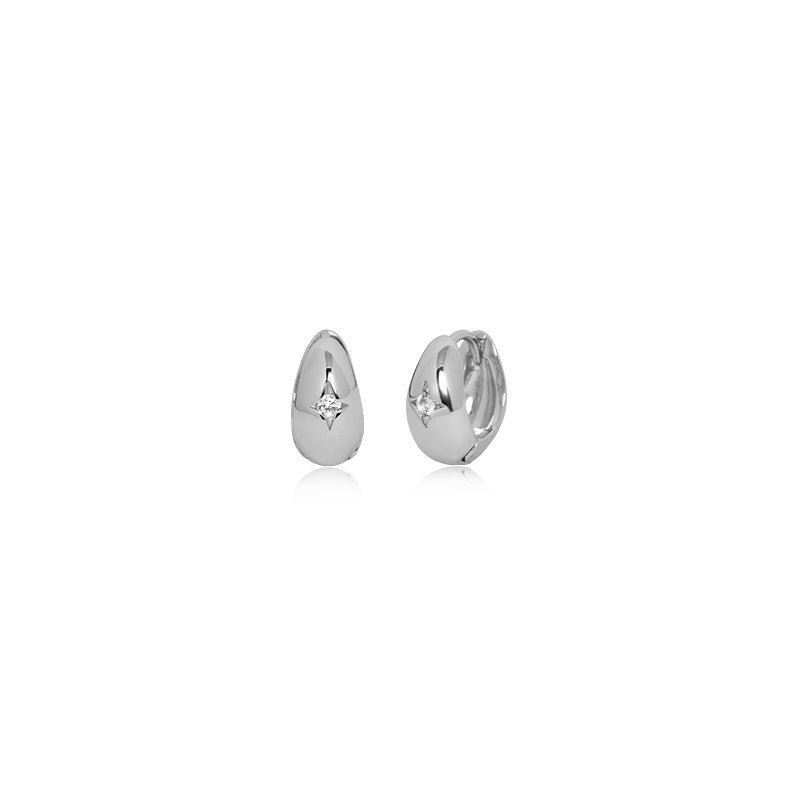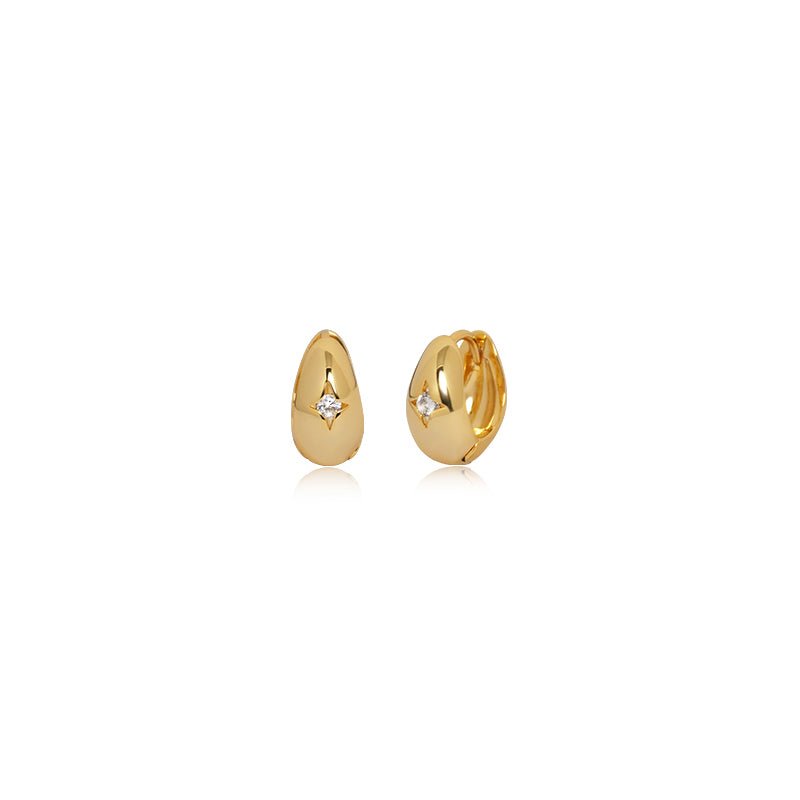How to Stop Jewelry from Turning Your Skin Green: A Real-World Guide That Works
You buy a cute ring at the market. It looks great, feels lightweight, and adds the perfect shine to your outfit. But a few hours later, you notice something weird, your finger has turned a faint green, and you’re scrubbing it off with soap like you just lost a fight with a marker.
It’s annoying, and it happens more than you think.
This green tint doesn’t mean the jewelry is toxic or dangerous. It’s just the result of a natural reaction between certain metals and your skin. But that doesn’t make it any less frustrating, especially when it happens to a piece you love.
The good news? You don’t need to stop wearing your favorite rings, necklaces, or bracelets. You just need to understand why this happens, and what you can do to stop it.
In this guide, you’ll learn:
-
Why jewelry turns your skin green in the first place
-
Natural ways to stop it from happening
-
How to treat skin that’s already turned green
-
Easy, affordable ways to protect your jewelry
-
Whether you should give up on green-causing pieces (hint: not always!)
Let’s get into it.
What It Means When Jewelry Turns Your Skin Green
If your skin turns green after wearing a piece of jewelry, here’s what’s really happening: a chemical reaction between the metal in the jewelry and moisture on your skin (sweat, water, or oils). It’s not a rash or allergic reaction. It’s oxidation, and it happens most often with copper or copper-alloy metals.
Common Green-Causing Metals:
-
Copper: Very common in costume jewelry and copper-based rings.
-
Brass: A mix of copper and zinc, also known for oxidation.
-
Bronze: Similar to brass, with high copper content.
-
Plated Jewelry: Gold- or silver-plated pieces often have a cheaper metal base underneath that reacts with your skin.
-
Low-cost Alloys: Many fast-fashion pieces use mystery blends of metals with no labeling.
This reaction usually occurs where jewelry makes prolonged contact with your skin, especially in moist areas like fingers, neck, and wrists. It’s why rings are the most frequent offenders.
Is It Bad When Your Skin Turns Green from Jewelry?
Nope. It looks odd, but it’s not harmful.
The green color isn’t a burn, stain, or allergic reaction. It’s a deposit of copper salts or other metal oxides sitting on your skin.
However, here’s when you should take it seriously:
-
If the area becomes itchy, red, or inflamed, you may have a nickel allergy.
-
If there’s pain or discomfort, stop wearing the piece and clean the area.
But if it’s just green? You’re dealing with oxidation, not a health issue.
How to Stop Jewelry from Turning Skin Green (Including Natural Methods)
You don’t have to swear off all affordable or vintage jewelry. With a few simple strategies, you can keep your skin clear and your accessories shining.
1. Go Natural: DIY Fixes That Actually Work
🕯 Beeswax or Clear Candle Wax
Rub a small amount onto the part of the jewelry that touches your skin (inside of a ring, chain of a necklace, earring posts). It acts as a natural barrier. Reapply every few wears.
🥥 Coconut Oil
A thin coating can block moisture from interacting with the metal. This works well in a pinch, but it wears off quickly. Use it for short wear times, like a dinner or night out, not all-day wear.
💧 Avoid Moisture
This is one of the most effective prevention methods:
-
Take jewelry off before washing your hands, swimming, or exercising.
-
Don’t wear it in the shower or to bed.
-
Avoid using lotions, perfumes, or sprays on areas where you wear jewelry.
📿 Dry Your Skin Before Wearing Jewelry
It’s a simple habit: wait until your skin is fully dry before putting on your rings or necklaces. Even slightly damp skin can trigger the oxidation process faster.
2. Barrier Protection: What Can I Put on My Jewelry So It Doesn't Turn My Skin Green?
💅 Clear Nail Polish
This is the most well-known hack, and it works.
Apply a thin layer of clear nail polish to the parts of the jewelry that touch your skin. Let it dry completely before wearing. This creates a protective layer that prevents oxidation. Reapply every few wears (especially if it starts to chip).
Does clear nail polish stop jewelry from turning green?
Yes, especially for rings, earring posts, and necklace clasps. It’s quick, cheap, and invisible once dry.
🛡 Jewelry Sealants
Products like Jewelry Shield, ProtectaClear, or Skin Guard are designed specifically for this purpose. They last longer than nail polish and are made to be safe for skin contact. One application can last several weeks.
🔘 Invisible Ring Guards or Clear Bands
For rings, a silicone ring guard not only protects your skin, it can stop the ring from slipping and rotating. If you don’t have a guard, try a small clear orthodontic rubber band looped over the band.
3. No Nail Polish? No Problem
How to Stop My Ring from Turning My Finger Green Without Nail Polish
If you’d rather skip the chemicals:
-
Use beeswax or paraffin wax as a natural alternative.
-
Apply a light coating of non-petroleum jelly (like lanolin) before wearing the ring.
-
Slip a clear silicone ring cover over the bottom of the ring band. This also makes loose rings fit better.
4. Stop Necklaces from Turning Your Skin Green
Necklaces are tricky because the chain constantly moves and rubs against your skin.
How to Stop Necklace from Turning Skin Green:
-
Paint the clasp and the back portion of the chain with clear nail polish or sealant.
-
Let it dry completely before wearing.
-
Avoid spraying perfume on your neck if you’re wearing costume jewelry.
How to Stop Necklaces from Turning Skin Green Naturally:
-
Wipe down the chain after each use.
-
Hang it in a dry place, not your bathroom, where humidity speeds up oxidation.
-
Wear necklaces over fabric (like a shirt collar or turtleneck) when possible to limit skin contact.
How to Stop Jewelry from Tarnishing
Tarnish is the dull, dark coating that forms on metals like silver, brass, and copper when exposed to air, moisture, and skin oils. Even if tarnished jewelry doesn’t turn your skin green, it can lose its shine fast.
Here’s how to slow it down, or stop it completely:
1. Keep It Dry
Moisture is the enemy of metal.
-
Remove rings before washing your hands.
-
Don’t wear bracelets while doing dishes or cleaning.
-
Avoid storing jewelry in humid rooms (like your bathroom).
2. Wipe It Clean
At the end of the day, do a quick wipe-down:
-
Use a soft microfiber cloth or jewelry polishing cloth.
-
Remove sweat, oil, and dirt before storing the item.
Even a 10-second wipe makes a difference.
3. Store It Right
Proper storage can extend your jewelry’s life by years.
-
Use zip-top bags or airtight containers to reduce exposure to air.
-
Add anti-tarnish strips or silica gel packets to absorb moisture.
-
Store each piece separately to avoid tangling and metal-on-metal reactions.
-
Don’t mix copper with silver or gold-plated items, they can react and tarnish faster.
Bonus Tip: For travel, wrap each piece in tissue paper or store in small bags to prevent both scratching and tarnishing.
Fixing the Green Skin and the Jewelry
So it’s already happened. You wore the ring. You got the green finger. Here’s how to undo the damage, quickly and gently.
How to Fix Green Skin from Jewelry
It’s easy. You don’t need special products.
-
Step 1: Wash the area with warm water and a mild soap.
-
Step 2: Pat dry, don’t scrub harshly. The green is usually just a surface stain.
-
Step 3: Apply a bit of moisturizer or aloe vera to calm the skin.
The stain should be gone in a few hours. If it lingers, a gentle exfoliant (like baking soda mixed with water) can help, just be careful with sensitive skin.
How Do I Stop My Finger from Turning Green from Rings?
Recap your best options:
-
Apply nail polish or sealant to the inside of the ring.
-
Use ring guards or invisible spacers.
-
Don’t wear rings during sweaty or wet activities.
-
Choose better materials: stainless steel, platinum, titanium, or solid gold (10k+).
Should I Stop Wearing Jewelry That Turns My Skin Green?
Only if it causes irritation.
If it’s just color transfer (green tint), and there’s no discomfort, there’s no need to toss the piece. Use the methods above to enjoy it without the mess.
But if you develop:
-
Redness
-
Rash
-
Itching or burning
…it may be a nickel allergy or sensitivity to another metal. In that case, stop wearing the piece and look for hypoallergenic or nickel-free options.
Common Ring Issues (and Easy Fixes)
Even if your jewelry doesn’t cause discoloration, fit issues with rings can be just as frustrating. If your ring spins, slides, or feels awkward to wear, you’re not alone.
Let’s break down what’s happening, and how to fix it quickly.
Why Does My Ring Keep Turning on My Finger?
If your ring keeps rotating or sliding around, it’s usually one of these issues:
1. It’s too big.
Most commonly, the ring is slightly oversized, especially with heavier stones or top-heavy designs.
2. The weight is uneven.
Rings with large settings or asymmetrical designs can cause the band to rotate, especially if the bottom isn’t snug.
3. Your fingers change size.
Temperature, hydration, salt intake, and even time of day can affect your finger size. What fits in the morning might feel loose by evening.
How to Keep a Ring from Turning Around on Your Finger
✅ Try these quick, affordable solutions:
-
Ring sizer insert: A small plastic or silicone wedge that fits inside the band and makes it snugger.
-
Silicone ring adjusters: Clear coil wraps that go around the back of the ring. Nearly invisible, and very effective.
-
Jeweler resizing: If it's a valuable ring, get it professionally resized or ask about sizing beads, small metal bumps added inside the band to grip your finger.
-
Anchor it: Stack with a snug-fitting band underneath to keep the larger ring in place.
How Do You Make Rings Stay on Your Fingers?
If you want a more secure, stay-in-place fit:
-
Use ring guards: Thin inner bands that reduce slippage.
-
Spring inserts: Slightly flexible metal inserts that grip the finger without damaging the band.
-
Clear tape: In a pinch, wrap a small piece around the inner band, just don’t make it too thick or it’ll be uncomfortable.
-
Adjustable rings: If your fingers swell easily or your size fluctuates, consider adjustable rings with open backs or flexible bands.
Pro tip: Avoid wearing loose rings during heavy hand activity (gym, dishes, etc.) to prevent losing them or damaging the band.
Best Jewelry Types to Avoid Green Skin
If you’re tired of playing defense, the best solution is to start with the right materials. Some metals are much less likely to oxidize, tarnish, or react with your skin.
Here’s a quick breakdown:
✅ Best Materials for Skin-Friendly, Tarnish-Resistant Jewelry
| Material | Tarnish-Resistant? | Skin-Friendly? |
|---|---|---|
| Stainless Steel | ✅ Yes | ✅ Yes |
| Sterling Silver | ⚠️ Sometimes (needs care) | ✅ Yes (if cleaned regularly) |
| Titanium | ✅ Yes | ✅ Yes |
| Gold (10k or higher) | ✅ Yes | ✅ Yes |
| Platinum | ✅ Yes | ✅ Yes (but pricey) |
⚠️ Materials That May Cause Green Skin
| Material | Tarnish-Resistant? | Skin-Friendly? |
|---|---|---|
| Brass / Bronze | ❌ No | ⚠️ Often causes green skin |
| Copper | ❌ No | ⚠️ Very likely to oxidize |
| Nickel-plated | ❌ No | ❌ Often causes irritation or allergic reactions |
| Mystery Metals | ❓ Unknown | ❓ Avoid if unlabeled |
Tips for Choosing the Right Jewelry:
-
Look for labels: Hypoallergenic, nickel-free, surgical-grade stainless steel, or "safe for sensitive skin" are your best bets.
-
Test new pieces: Wear for a short time and see how your skin reacts before a full day out.
-
When in doubt, go stainless: It’s durable, affordable, and very skin-safe.
Pro Tips for Long-Term Jewelry Care
Want your jewelry to last longer, look better, and stay safe for your skin? Follow these simple, practical habits.
✅ Take Jewelry Off Before Bed
Wearing jewelry overnight can:
-
Trap moisture
-
Rub into your skin
-
Get damaged or bent in your sleep
Especially for rings, earrings, or anything with a sharp edge, remove before hitting the pillow.
✅ Clean Your Jewelry Regularly
Gunk builds up fast. Sweat, skin oils, lotions, and even soap residue can lead to discoloration or tarnish.
How to clean safely:
-
Use a gentle cloth for everyday wiping.
-
For deeper cleaning, soak in warm water + dish soap, then scrub with a soft toothbrush.
-
Avoid harsh chemicals unless the jewelry is solid gold or stainless steel.
Don’t clean plated jewelry too aggressively, you’ll wear off the coating.
✅ Keep Jewelry Away from Perfumes and Sprays
Perfume, hairspray, and setting sprays can all corrode or tarnish metal. Spray those on before you put on your jewelry, and give it a minute to dry.
✅ Rotate Your Pieces
Wearing the same ring, bracelet, or necklace every day speeds up wear. Metals oxidize faster with continuous exposure to skin and air.
Alternate between favorites to:
-
Reduce skin reactions
-
Let pieces “rest”
-
Make everything last longer
Conclusion: You Can Wear Jewelry Without the Green Streak
You don’t have to ditch your favorite jewelry just because it leaves behind a little green. Most of the time, it’s just chemistry, not a sign something’s wrong. And better yet, it’s easy to fix.
🔁 Let’s Recap:
-
That green stain is oxidation, not an allergy or infection.
-
The most common culprits are copper, brass, or plated metals.
-
Use nail polish, sealants, or natural wax to block skin contact.
-
Avoid moisture, clean your pieces, and store them properly.
-
If your ring is too loose or keeps turning, use ring adjusters or stackable bands.
-
Want to avoid it entirely? Stick to stainless steel, titanium, platinum, or solid gold.
